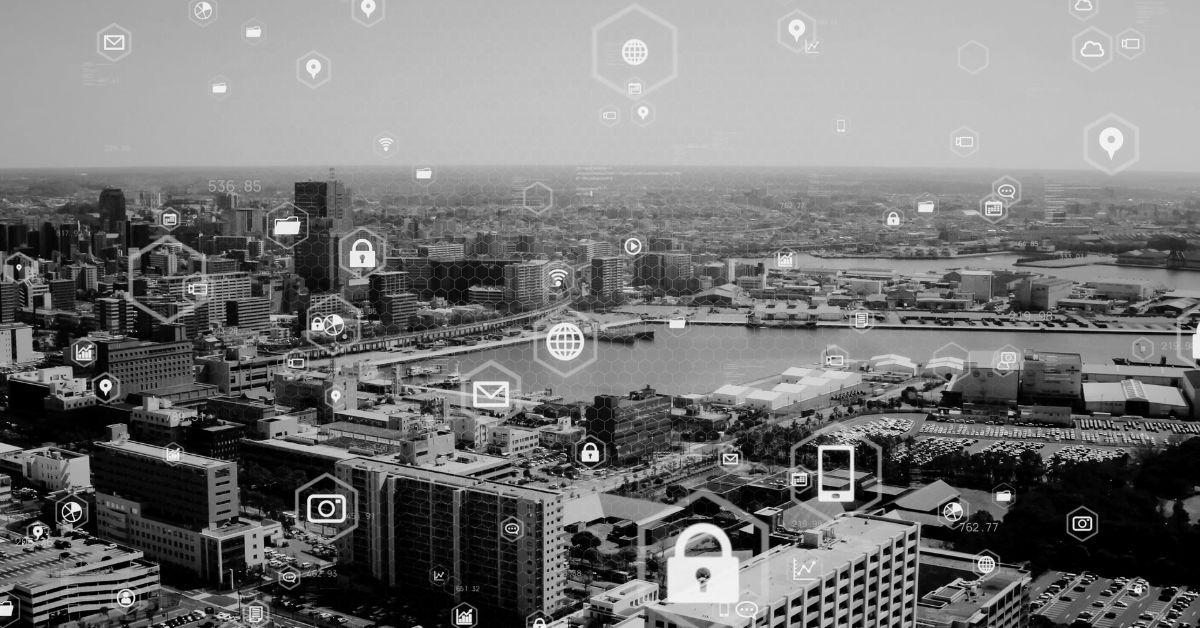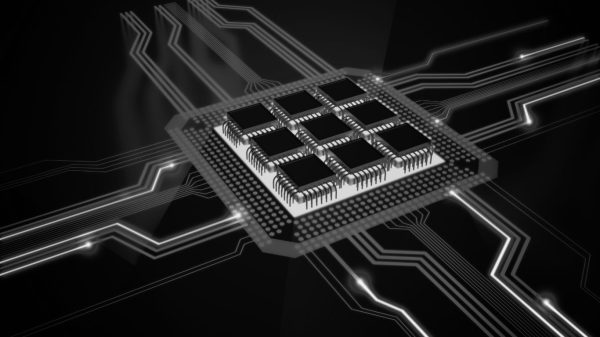In an era where digital transformation accelerates daily, network infrastructure security has become a paramount concern for businesses worldwide. The increasing sophistication of cyber threats necessitates a proactive and comprehensive approach to network security. This guide delves into the essential strategies for 2025, providing actionable insights to safeguard your network assets effectively.
Get Our FREE Networking Security Checklist
The Changing Landscape of Network Infrastructure Security
The cyber threat landscape is continually evolving, presenting new challenges that require adaptive security measures. Key developments include:
Rise of Sophisticated Ransomware Attacks
Ransomware attacks have escalated in complexity and frequency. Modern ransomware not only encrypts data but also exfiltrates sensitive information, threatening public release unless ransoms are paid. In 2025, the global cost of ransomware is projected to reach $9.5 trillion, underscoring the critical need for robust defenses.
Increased Targeting of IoT Devices
The proliferation of Internet of Things (IoT) devices has expanded the attack surface for cybercriminals. Many IoT devices lack adequate security measures, making them attractive targets for exploitation. A vulnerability in one interconnected device can have cascading effects and compromise an entire network’s security.
Growing Complexity of Hybrid Cloud Environments
Hybrid cloud environments offer flexibility but introduce complexities in security management. Misconfigurations, inadequate access controls, and lack of visibility across platforms can lead to vulnerabilities. The global end-user spending on cloud services is estimated to reach $700 billion by 2025, highlighting the importance of securing these environments.
Zero-Trust Architecture Requirements
The traditional perimeter-based security model is becoming obsolete. Zero-Trust Architecture (ZTA) operates on the principle of “never trust, always verify,” requiring strict identity verification for every person and device attempting to access resources. This approach is crucial for mitigating risks in today’s interconnected networks.
AI-Powered Threat Detection and Response
Artificial Intelligence (AI) and Machine Learning (ML) are revolutionizing threat detection and response. These technologies enable real-time analysis of network traffic, identification of anomalies, and swift response to potential threats, enhancing the overall security posture. The emergence of generative AI as a mainstream capability is influencing cybersecurity strategies.
Problem Statement: The Imperative of Network Security in 2025
As cyber threats become more sophisticated, the potential impact of security breaches escalates. Organizations face significant risks, including financial loss, reputational damage, and operational disruptions. The average cost of a data breach continues to rise, making it imperative for businesses to implement robust network security measures.
Detailed Explanation: Strategies for Securing Network Infrastructure
To effectively safeguard your network infrastructure, consider implementing the following strategies:
Get Our FREE Networking Security Checklist
1. Implement Zero-Trust Architecture

- Principle: Assume that threats could be both external and internal.
- Action Steps:
- Identity Verification: Enforce strict authentication mechanisms for all users and devices.
- Least Privilege Access: Grant users the minimum level of access necessary for their roles.
- Micro-Segmentation: Divide the network into smaller segments to contain potential breaches.
- Case Study: A financial services firm implemented a zero-trust model, resulting in a 50% reduction in unauthorized access incidents within six months.
2. Enhance IoT Security Measures
- Challenges: IoT devices often have limited security features, making them vulnerable entry points.
- Action Steps:
- Device Authentication: Ensure all IoT devices are authenticated before network access.
- Network Segmentation: Isolate IoT devices on separate network segments.
- Regular Updates: Maintain up-to-date firmware and security patches for all devices.
- Example: An Australian airport enhanced IoT security by segmenting its network, preventing unauthorized access through compromised devices.
3. Leverage AI and Machine Learning for Threat Detection
- Benefits: AI and ML can analyze vast amounts of data to detect anomalies and potential threats in real-time.
- Action Steps:
- Anomaly Detection: Deploy AI-driven tools to monitor network traffic for unusual patterns.
- Automated Response: Implement systems that can autonomously respond to detected threats.
- Continuous Learning: Ensure AI systems are regularly updated to recognize new threat vectors.
- Industry Insight: The integration of AI in cybersecurity is expected to enhance threat detection capabilities, making network security more proactive and less reactive.
4. Strengthen Access Controls and Authentication
- Importance: Unauthorized access remains a leading cause of data breaches.
- Action Steps:
- Multi-Factor Authentication (MFA): Require multiple forms of verification for access.
- Role-Based Access Control (RBAC): Assign access rights based on user roles to minimize unnecessary privileges.
- Regular Audits: Conduct periodic reviews of access controls to ensure compliance.
- Example: T-Mobile committed to enhancing its cybersecurity practices, including adopting robust multi-factor authentication, following multiple data breaches.
Conclusion
In 2025, the imperative to secure network infrastructure has reached unprecedented levels. The escalating sophistication of cyber threats, including advanced ransomware attacks, IoT vulnerabilities, and the complexities introduced by hybrid cloud environments, necessitates a proactive and comprehensive approach to network security.
Implementing a Zero-Trust Architecture, enhancing IoT security measures, leveraging AI and machine learning for threat detection, and strengthening access controls are pivotal strategies to mitigate these risks. Adopting these measures not only protects sensitive data but also ensures business continuity and safeguards organizational reputation.
As we navigate this evolving cyber landscape, staying informed about emerging threats and continuously updating security protocols are essential. By embracing these strategies, organizations can build resilient network infrastructures capable of withstanding the challenges of 2025 and beyond.










